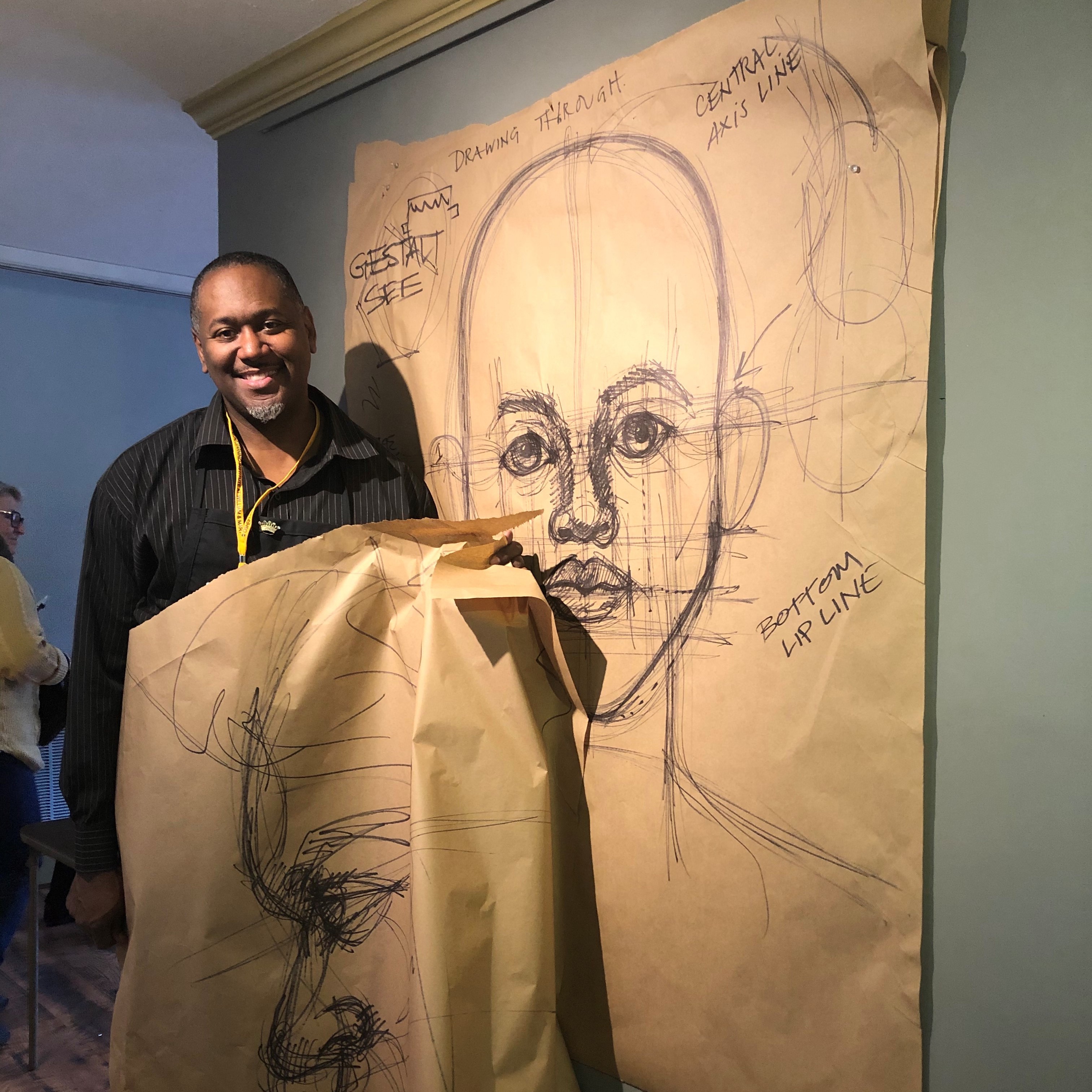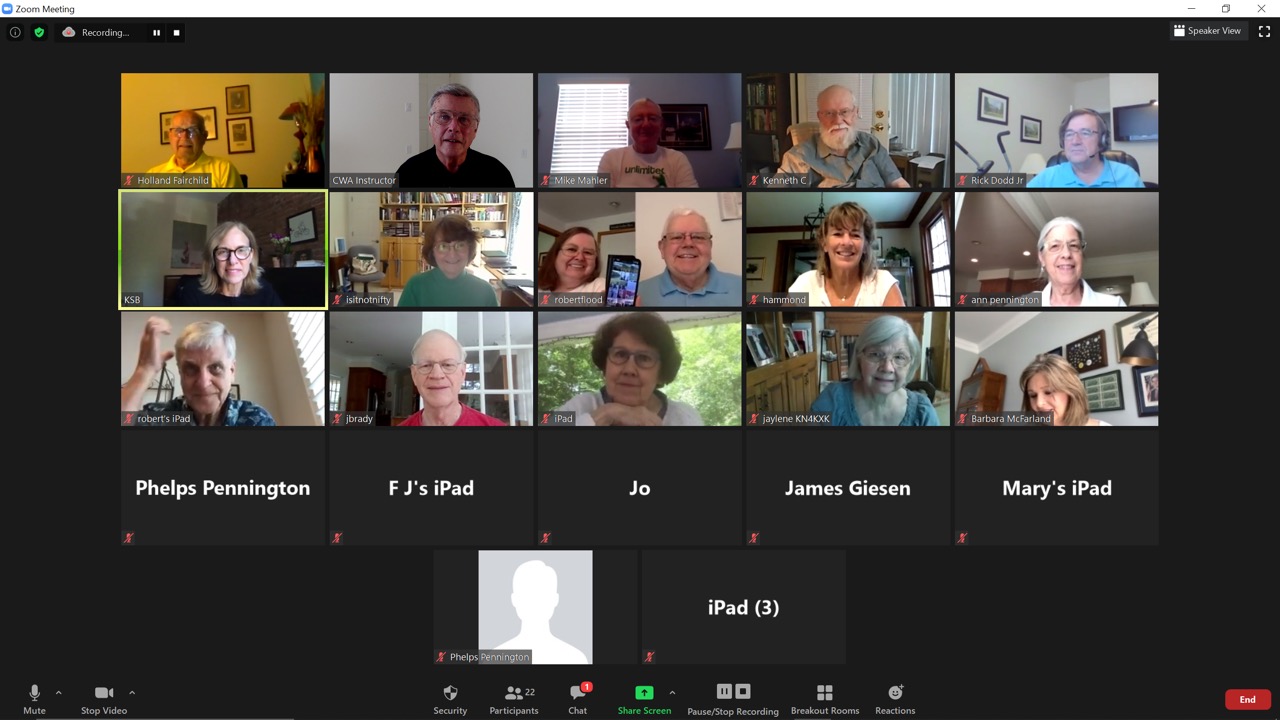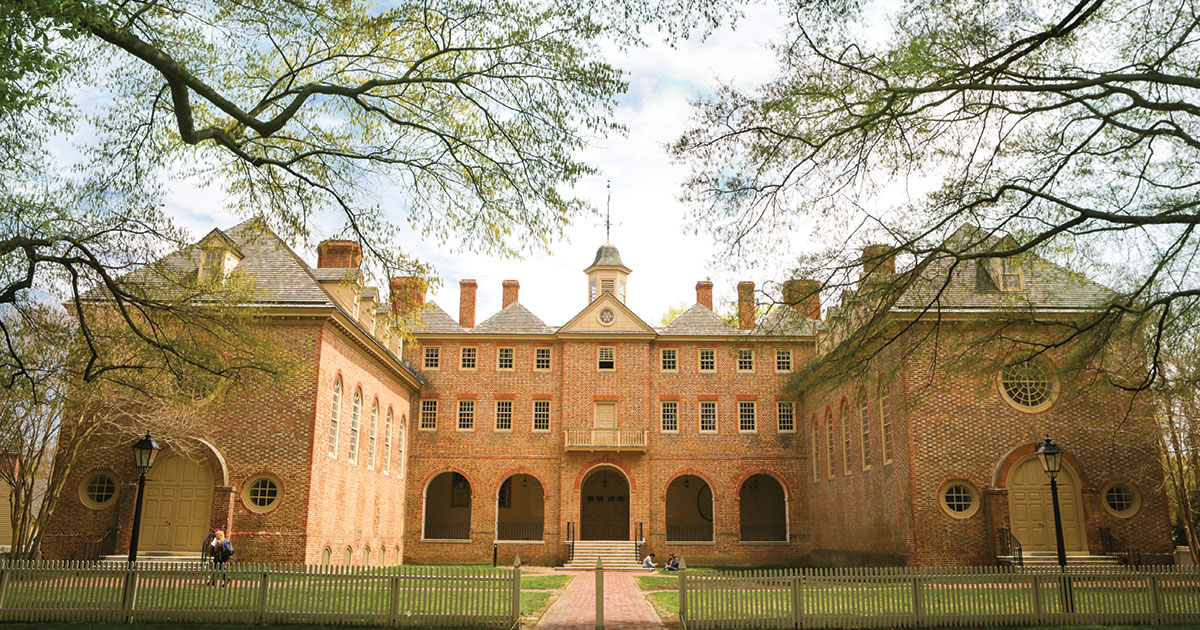Osher Lifelong Learning Institute at William & Mary receives $1 million
A former Colonial Williamsburg archaeologist had wanted for years to take classes through a lifelong learning program at William & Mary, but for someone living on a small pension and Social Security income, the membership cost per semester was out of reach. When scholarship aid became available in spring 2019, she signed up immediately.
She registered for Italian classes to learn the language of her grandparents and tennis lessons to practice her strokes. She explored the history of the Rosewell mansion, a once-stately Colonial Virginia structure left in ruins by fire in 1916, and she received instruction on managing her finances.
The scholarship aid was the result of a partnership with The Bernard Osher Foundation, which awarded an initial operating grant of $100,000 to the renamed Osher Lifelong Learning Institute at William & Mary in 2018.
William & Mary announced today the receipt of $1 million from The Bernard Osher Foundation, which is based in California. The funds, along with a bridge grant of $50,000, will establish permanent support for the Osher Institute at William & Mary.
“We salute the institute’s exceptional staff, volunteers and dedicated member community for establishing a program of intellectual depth and conviviality,” said Osher Foundation President Mary Bitterman. “We also applaud William & Mary leadership for embracing lifelong learning as a pursuit that has the power to forge and enhance our connection to one another.”
“We greatly appreciate The Bernard Osher Foundation’s continued support and partnership in this terrific lifelong learning program,” William & Mary President Katherine Rowe said. “The Osher Institute at W&M serves as a hub for our vibrant community of adult learners, with offerings that feed curiosity and cultivate deep and lasting human connections.”
The institute aligns well with William & Mary’s mission, which maintains “we inspire lifelong learning, generate new knowledge and expand understanding.”

The funds will help to provide financial stability for the Osher Lifelong Learning Institute at William & Mary, also known as the Osher Institute at W&M, said Director Scherry Barra.
“It’s very reassuring to know that there will be a payout every year to help cover our costs,” Barra said. “We try to keep membership fees as low as we can, to ensure availability of all in our community to participate in our program.”
“We are very grateful for this support from the Osher Foundation and look forward to our continuing relationship with the Osher Institutes nationally,” said Scott Langhorst, advisory board president of the Osher Institute at W&M. “The annual proceeds will greatly assist our budget planning for future Osher programming.”
Formerly known as the Christopher Wren Association, the lifelong learning program at William & Mary was established in 1991 by the late Ruth Lynch Kernodle HON ’08 and Wayne Kernodle HON ’08. Since then, it has served thousands of adult learners in Williamsburg and surrounding communities. While always housed at the university, the association formally became part of William & Mary’s Office of Auxiliary Services in June 2018. Thereafter, the association changed its name and joined a network of 124 Osher Lifelong Learning Institutes at college and university campuses throughout the United States. As a member of the network, the Osher Institute at W&M benefits from ongoing support from the National Resource Center for Osher Lifelong Learning Institutes.
Established in 1977 by businessman and community leader Bernard Osher, The Bernard Osher Foundation seeks to improve quality of life through support for higher education and the arts.

The number of students enrolled in Osher Institute classes at William & Mary has grown from 109 in 1991 to about 1,700 annually during the past several years. As the population of older adults rises in the Williamsburg area and throughout the country, demand for Osher Institute programs is certain to keep growing. The University of Virginia’s Weldon Cooper Center for Public Service projects that 1 in 5 Virginians will be 65 or older by 2030.
The Osher Institute at W&M encourages these students’ desire for intellectual growth as well as providing an outlet for social engagement and offering practical help for using computer technology, obtaining health services, organizing important documents and pursuing hobbies. Though courses are designed for adults 50 and older, membership is open to anyone.
Osher members pay $135 per semester, which allows them to register for up to eight courses and an unlimited number of activities and one-time lectures. For $50 per semester, an associate membership provides access to the Town & Gown Noon Lecture Series and special events.
This fall, because of COVID-19, all of the 107 courses and one-time lectures through the Osher Institute at W&M are being offered online. Among the current offerings, divided among 12 subject areas, are “iPhone/iPad: The Basics and Beyond,” “Searching the Internet for Genealogical and Family History Records,” a “Supreme Court Preview” taught by W&M Law School professor emerita Jayne Barnard, “Heroes, Gods, Honor, Glory and War: Understanding Homer’s Iliad” and “Introduction to the Basics of Drawing.”
Supporting the institute’s small staff are about 300 volunteers each semester who serve as hosts and assist with equipment and lights. The 150 to 170 Osher instructors each semester are also volunteers.

“Along with William & Mary faculty members, we attract a good number of faculty who have retired from other universities who teach for us,” Barra said, adding that business leaders and military service members also volunteer as instructors. “We have a retired naval captain who teaches courses on submarine warfare. One instructor has been an interpreter at American Revolution Museum at Yorktown. Their classes are so popular that we usually hold them in the Williamsburg Regional Library because it can accommodate more people.”
The large number of volunteer instructors and assistants reflects participants’ enthusiasm for the institute’s programs.
“Instructors find that our membership is an engaged and highly educated audience,” Barra said. “Our students have had a lot of experiences and they share those in the class. The instructors really love that and have expressed that they learn from their students.”

